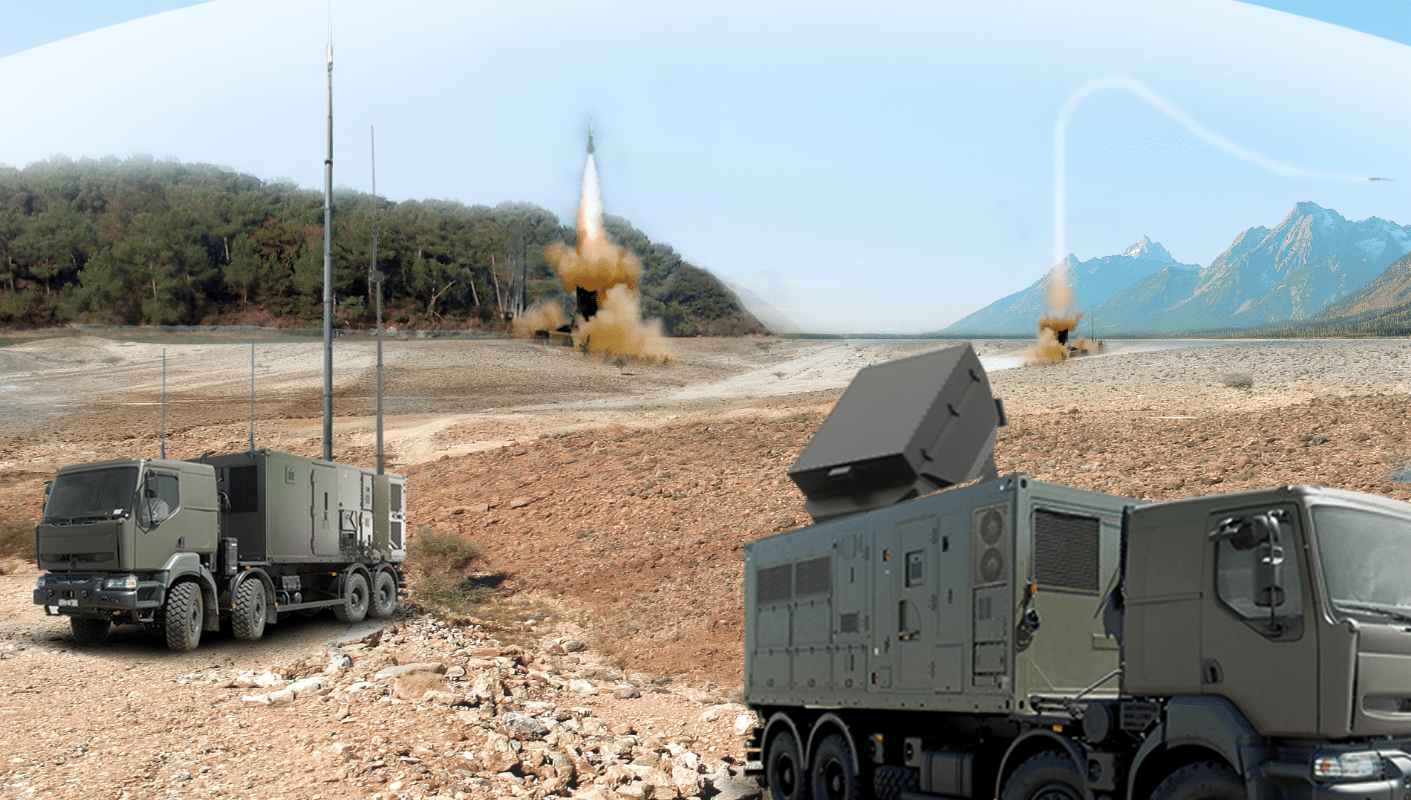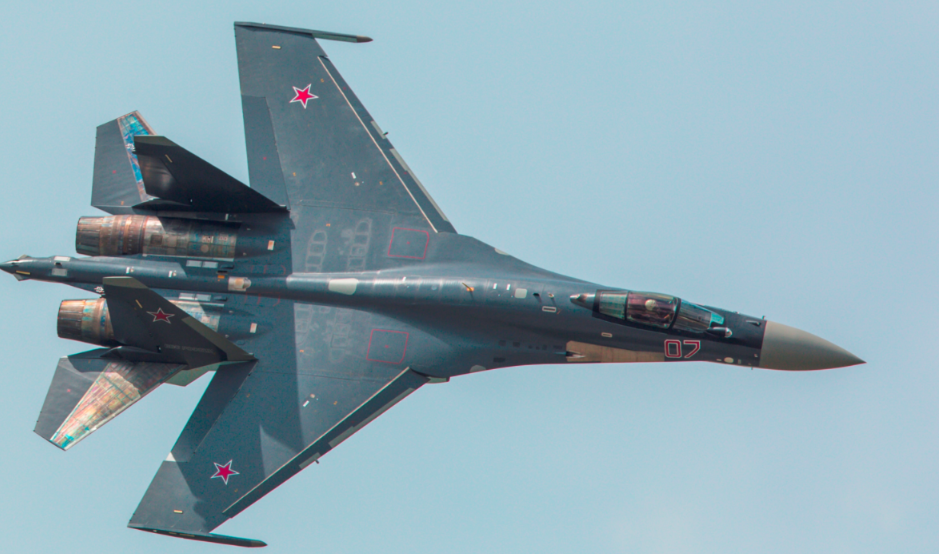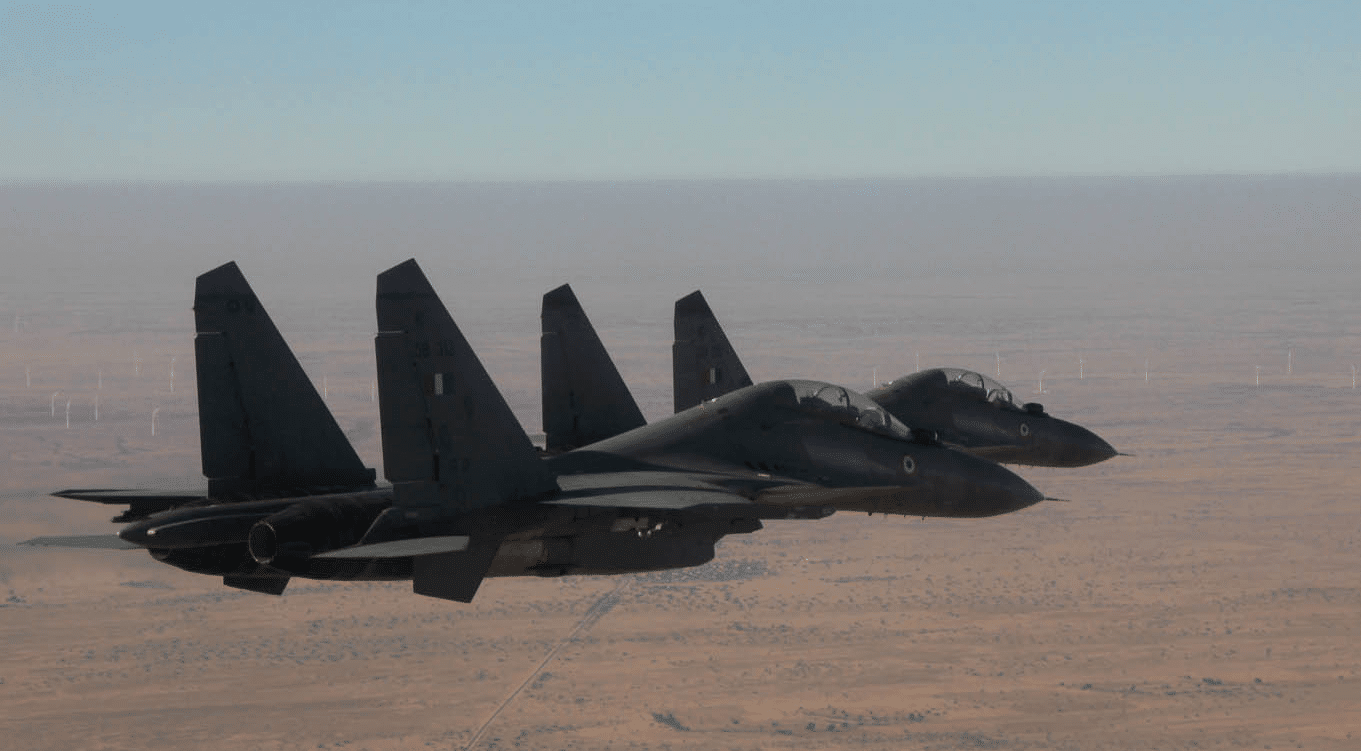2478Views 9Comments

Turkey signs onto Eurosam Aster 30-based SAMP/T program
Turkey has signed a “cooperation agreement” with the French-Italian air defence consortium Eurosam, ostensibly for Eurosam’s Aster 30-based SAMP/T (short for Surface-to-Air Missile Platform/Terrain) long-range surface-to-air missile (SAM) system.
Turkey’s Minister of Defence announced the agreement at the French embassy’s Bastille Day reception in Ankara on Friday, July 14 (via Daily Sabah).
Ankara had been negotiating with Eurosam for the SAMP/T since September with the aim of ushering a two-stage program: First, to import Aster 30 SAM systems to strengthen Turkey’s integrated air defence system (IADS). Second, to accrue technology from Eurosam and co-produce the Aster-30.
Defence Aerospace’s sources report that the agreement involves a “24-month definition phase funded by the Turkish government … [which] will immediate lead to the full-scale development phase … [for] late 2019 or early 2020 at the latest.” It adds that the SAMP/T is being sought in parallel to the S-400.
The centrepiece of the SAMP/T is the Aster 30, which was introduced in 1988. It has a range of more than 100 km and is deployable from land and from surface warships.
In 2016, Eurosam initiated the Aster 30 Block 1 New Technology (B1NT) program, which is tipped with a Ka-band active radar-homing seeker, which offers longer terminal-stage engagement range and enhanced angular resolution. Eurosam is positioning the B1NT for neutralizing anti-ship ballistic missiles.
Eurosam was competing with the Medium Extended Air Defence System (MEADS), a consortium made up of U.S., German and Italian companies. The core the MEADS is the PAC-3 MSE (Patriot Advanced Capability Missile Segment Enhancement).
Notes & Comments:
Although these are big-ticket off-the-shelf acquisitions, the Turkish Undersecretariat of Defence Industries (SSM) stated on several occasions that Turkey will have a homegrown long-range SAM system.
It is not known what impact the SAMP/T and S-400 will have on the Turkish SAM program, but the program seems to be of importance to the Turkish government. Turkey’s future anti-air warfare (AAW) frigate, the TF-2000, is also envisaged to use a domestic long-range SAM system.
Although speculation, it is possible that the co-production elements of the SAMP/T and/or S-400 could accompany targeted technical support for the Turkish SAM program.



9 Comments
by Steve
This is a bit odd though long planned. On paper S-400 is better than Aster-30. Why would they have 2 system and also develop a third indigenous? Maybe they are taking the best technology on offer and the buy is a sweetener. Hedging your bets can be profitable in certain situations. How can Pakistan benefit? The higher ups need to meet up, form a coherent strategy and talk to the Turks. Unless we have decided on HQ-9. No regular comments, maybe people are on holiday. Seem to have scared off the Indians lol.
by Abdul Rashid
No enough comments for your liking? We need the words “JF-17 Block 3” in an article title to see the comments number go through the roof.
by Steve
Agree. Feel free to add Block 3 to every discussion lol
by Lasit
How can pakistan benefit…? Do you need to bring in Pakistan in everything?
by umar rana
what about the american laser weapon system?
what is there range?
how much there impact is as it is in the use of american navy?
by Steve
Of course we do
by MT
Russians, European consortium ll not sell away any 5th gen Sam technology,SW nd SBR. Germans wre only country to offer turkey an extensive tot of 3rd gen SAM.
Well Turks may have edge over pak in native r&d of missiles technologies subsystem but they are in no position to build their own SAM in near future.
Hisar license agreement with DIEHL Germany is stalled with breakdowns n German Turkish relationship.
Turks naval defense industry esp U214 submarines acquisitions from HDW Germany is going to be impacted by despondent behavior of their premiere.
Turks stand more isolated in West and they ll find it tough to license Western technologies so future deals with MBDA and Russians will involve imported SAM while HiSAR project will have to be rebuilt from scratch.
Without any western help Turks defence industry ll take 1 decade or more to build their own LRSAM
by Steve
Thanks for your detailed insider information about government intentions at Putin or Angela Merkel level for Russians or the European consortium. Also for your insider information about Turkey’s SAM building efforts. Next time Turkey or Pakistan’s defence ministry plan anything military we will know who to ask for information and advice ???.
by Steve
America has developed and deployed a 30kw laser weapon or LaWS on a naval ship that can target and destroy small fast moving boats and drones. It’s developed for asymmetric threats like swarming attacks by small boats (read Iranian). It can be crudely described as essentially a few industrial lasers strapped together. A 150kw system is in development. On a clear day it can range as far as long of sight (you can’t bend a light beam in the context we are talking about). Rain, fog, snow and cloud etc degrade the energy transfer and make it less effective. As long as there is a large power source it can fire pulses indefinitely, hence maritime deployment. Later systems will have the potential to shoot down supersonic anti ship missile. Future ships may have rail guns and lasers as standard armaments, with missile etc for land attack or long range.